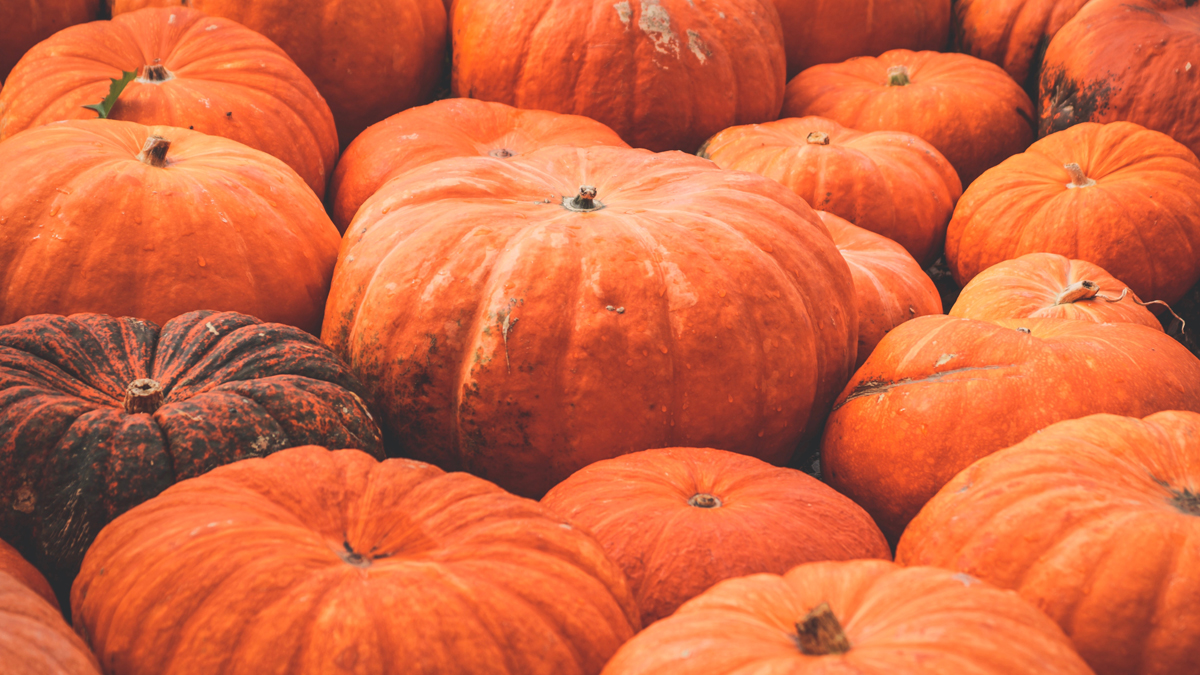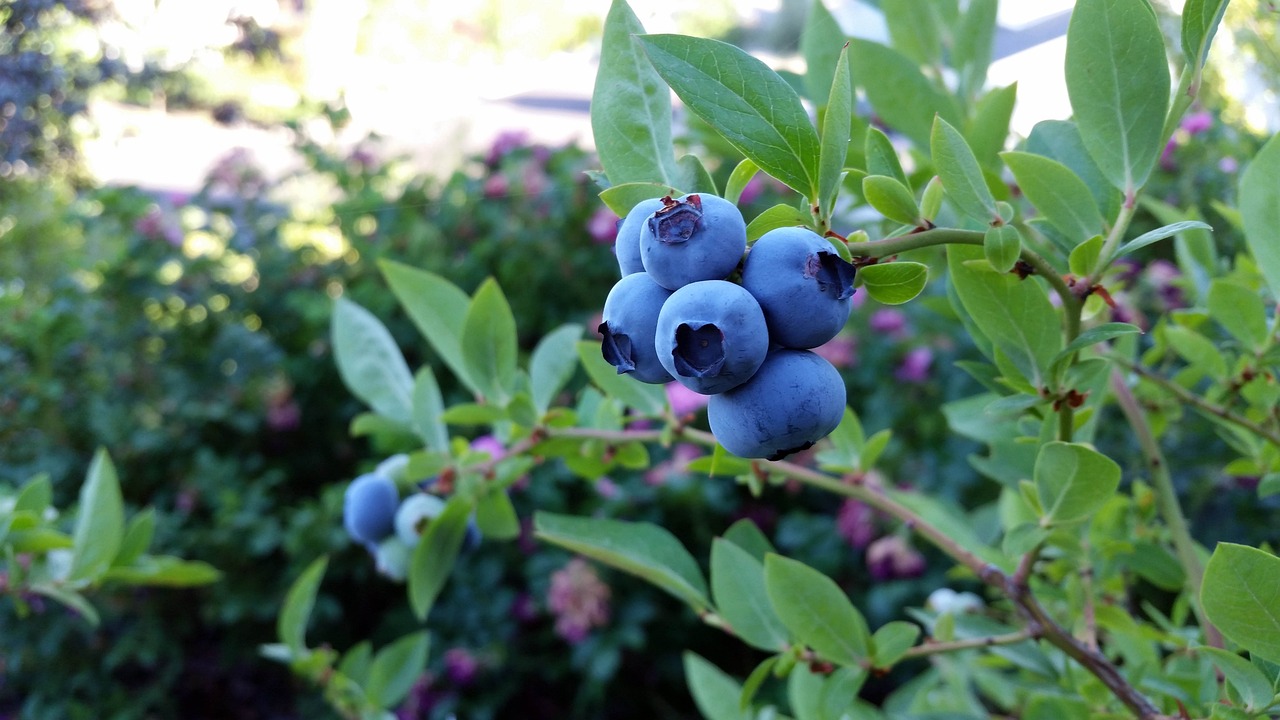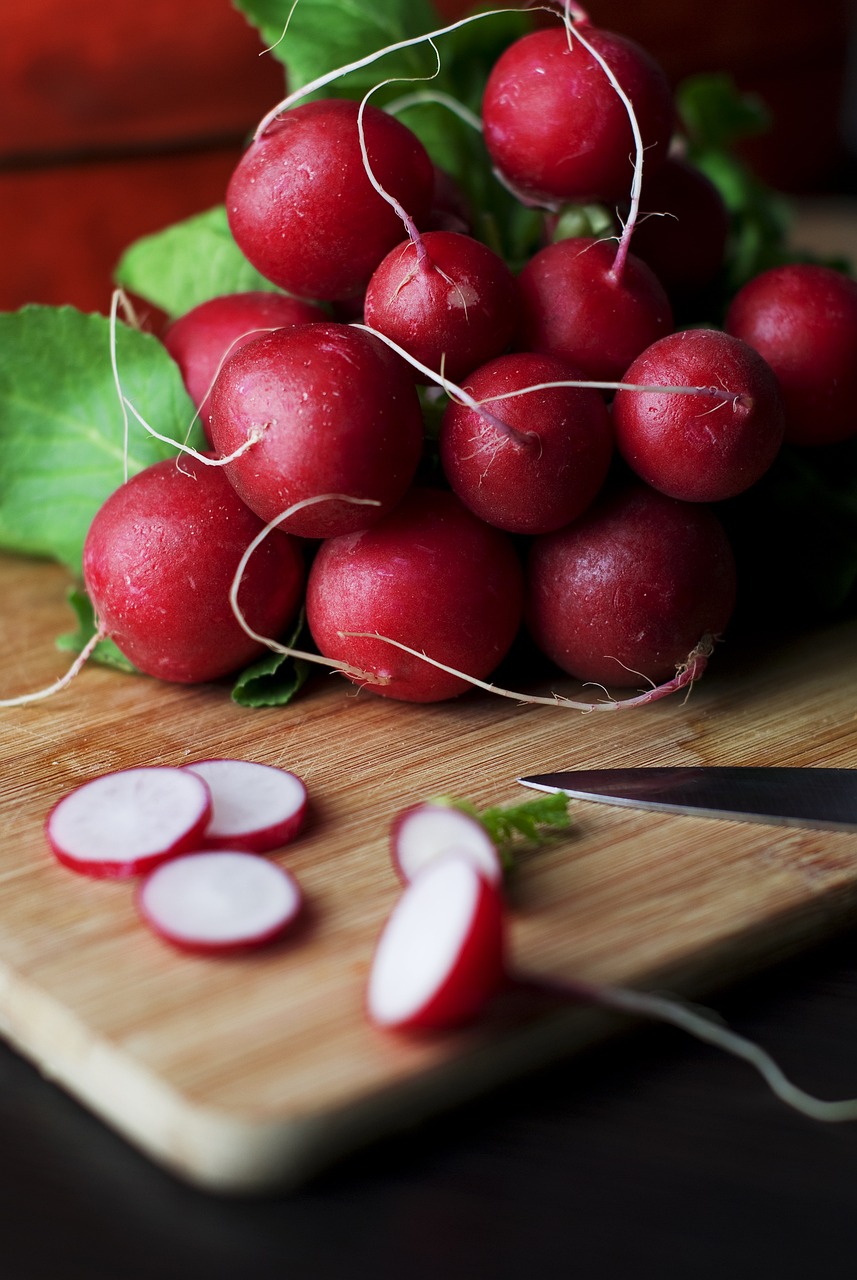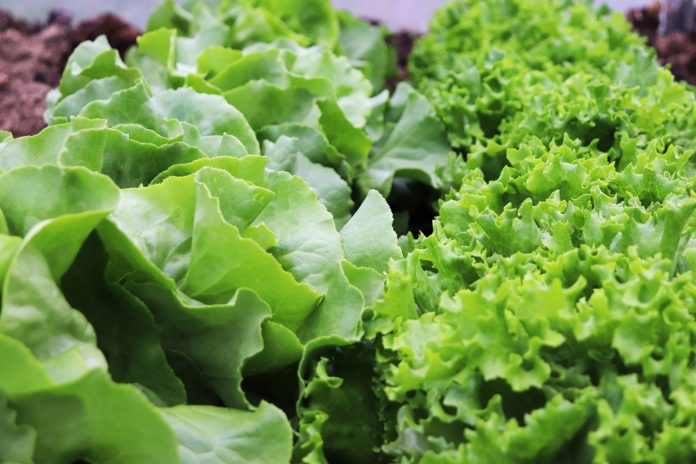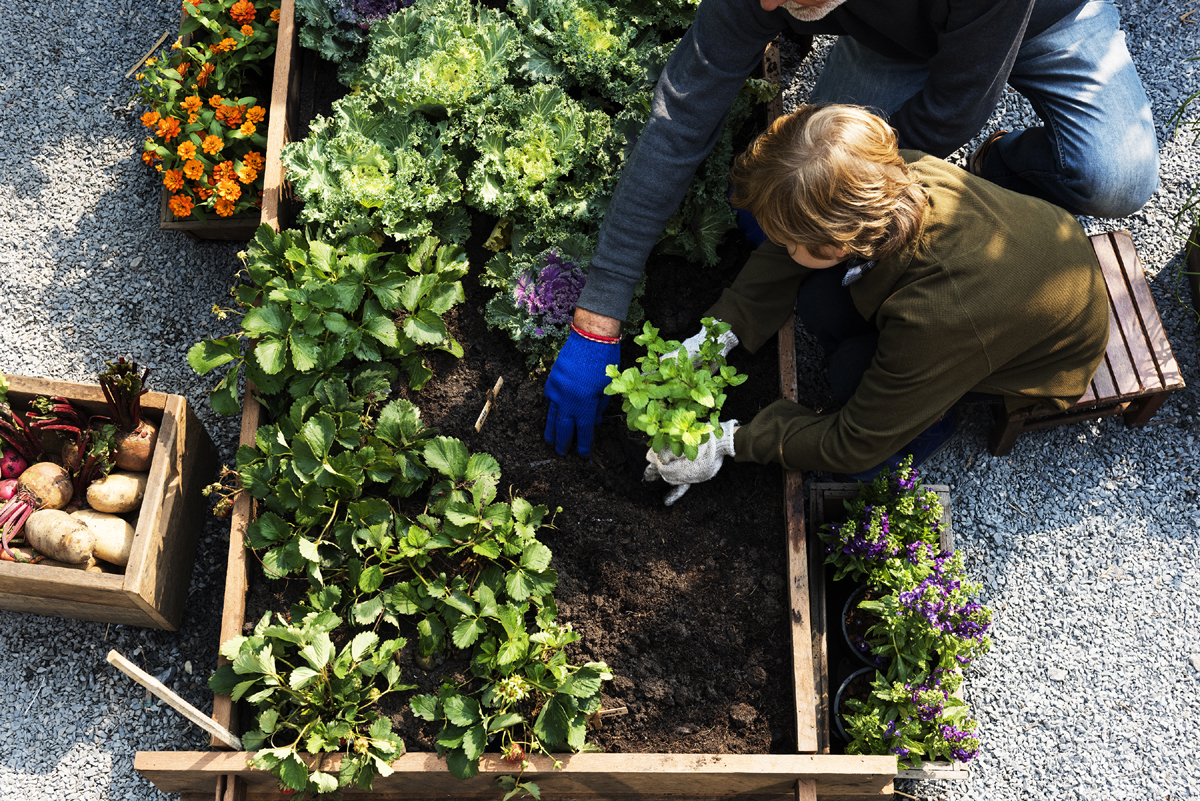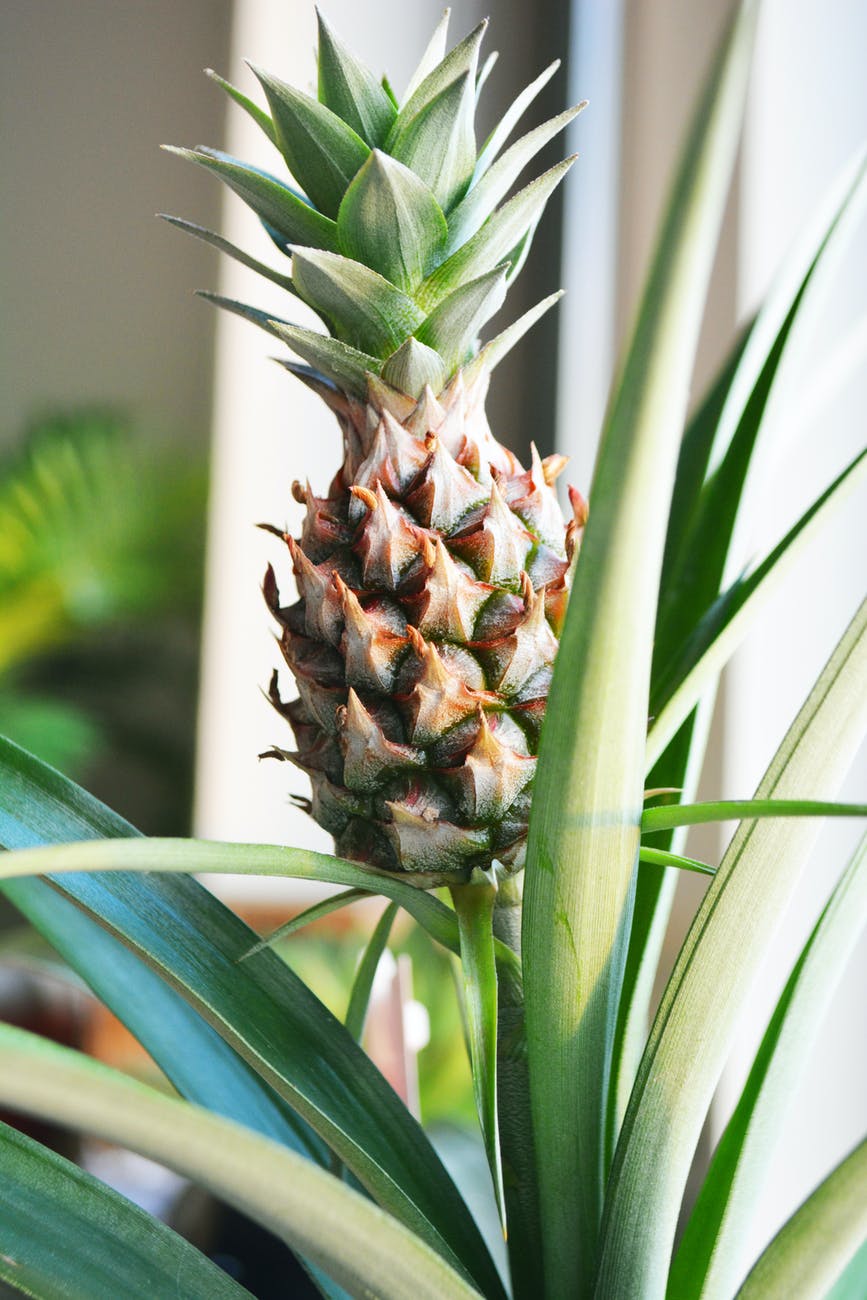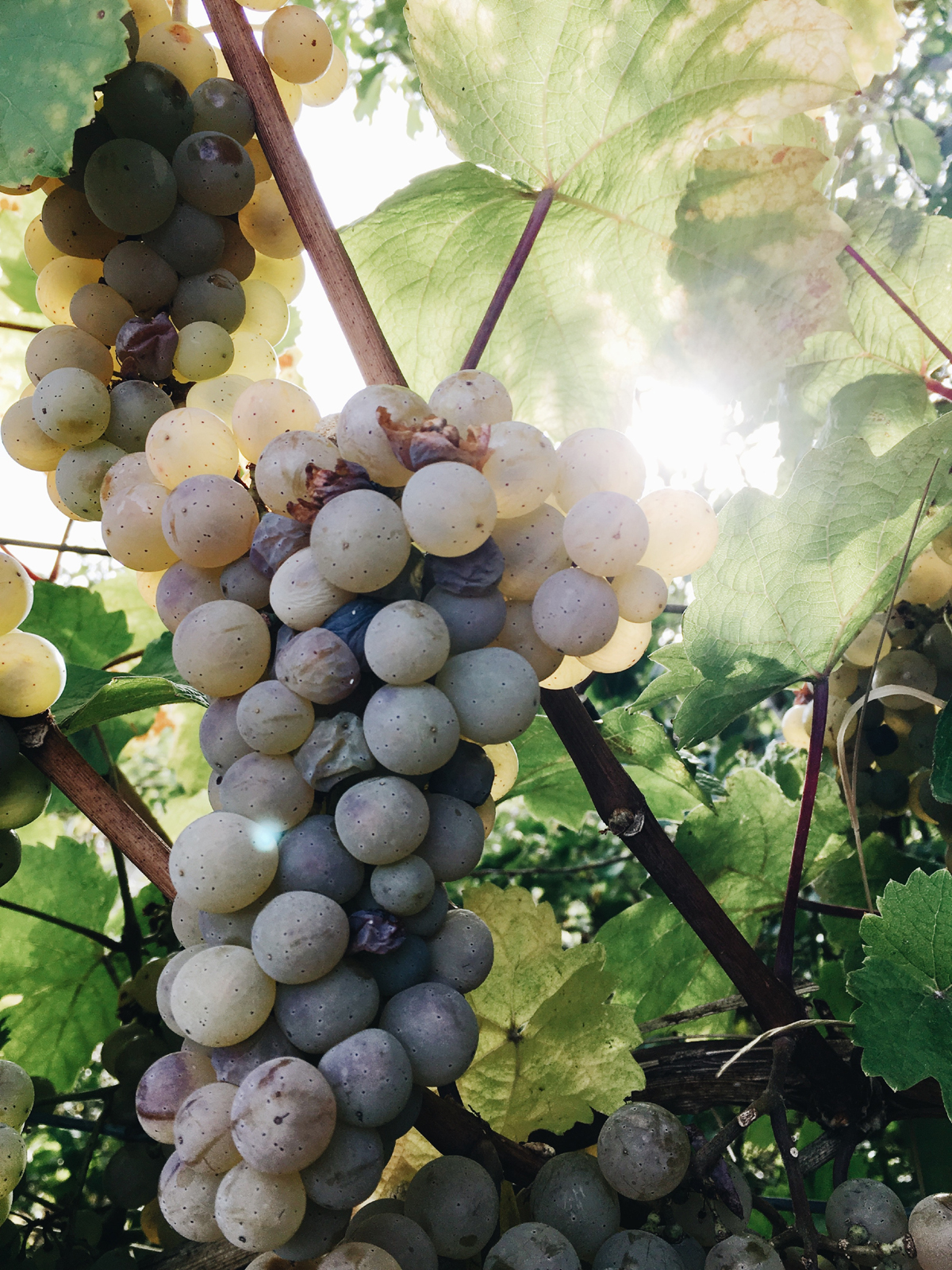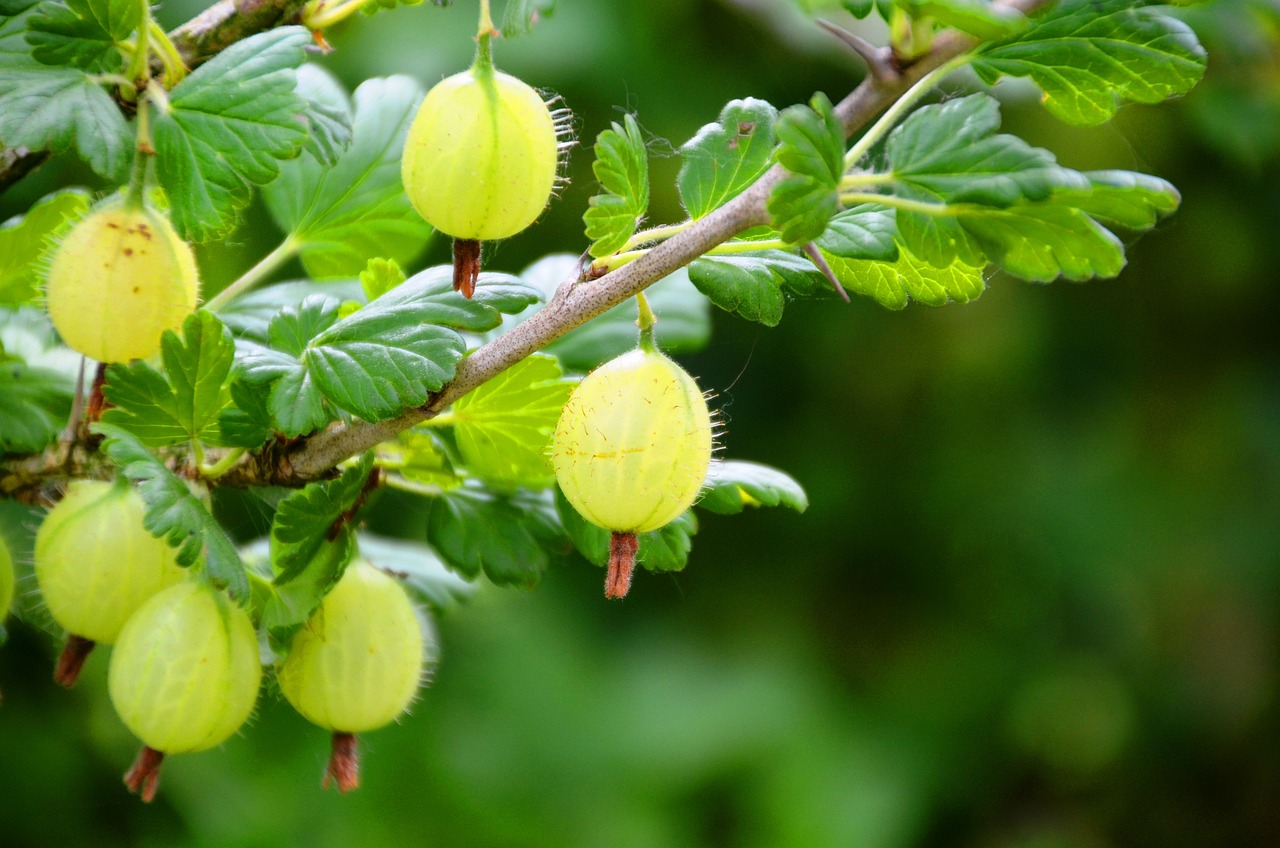Growing Organic Zucchini
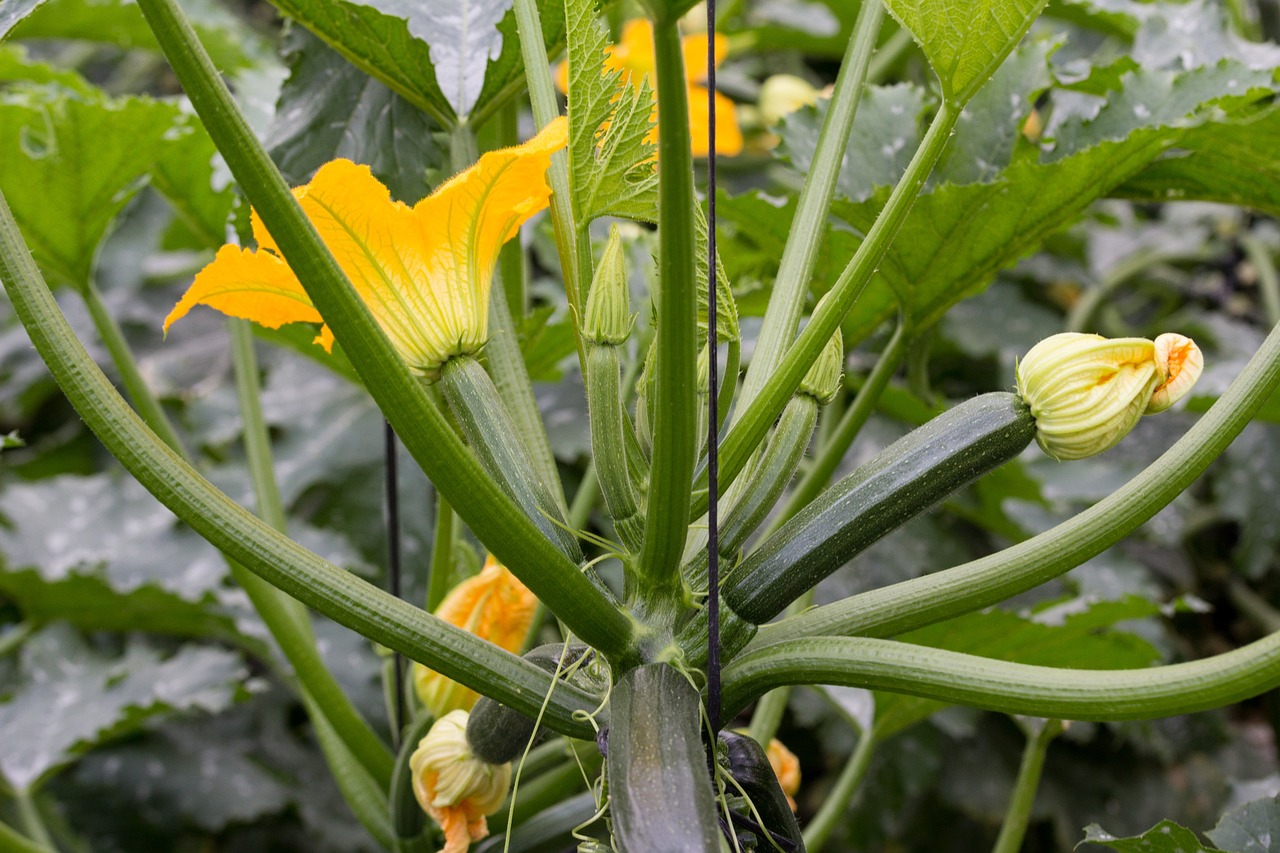
Zucchini is a “summer squash” and therefore doesn’t store long term like winter squash such as butternut or acorn squash. Learn great tips on growing organic zucchini in this article.
Delicious Zucchini Tidbits
Zucchini is a “summer squash” and therefore doesn’t store long term like winter squash such as butternut or acorn squash.
When you’re growing zucchini, you need lots of bees. Bees pollinate your zucchini. Some of our friends got only a few zucchinis last year because they had too few bees in their area.
In the U.S, we use the Italian name for Zucchini. In Italian it means “plant.”
Much of the English-speaking world uses the French name for zucchini – courgette. Growing zucchini in the UK, S. Africa, Ireland, New Zealand, and Greece is equivalent to growing courgette.
When to Plant Zucchini
Growing zucchini is relatively simple compared to some garden plants.
Zucchini requires approximately 40 to 60 days to begin producing mature fruit.
Here in the inland Pacific Northwest, we usually plant zucchini about mid-May, just after the last frost.
If you live in the Southern U.S., you can plant zucchini as early as February or March, depending on your altitude and climate.
While we get all the zucchini we need from a dozen plants, some have recommended starting new zucchini plants every couple of weeks for the first 6 to 8 weeks of spring to keep new plants coming into bear during the summer as younger plants produce more zucchini faster.
When doing successive plantings, allow at least 70 days space in front of your last frost date to plant the last planting of zucchini.
If you live in Northern areas like we do, you can get a head start with your zucchini by starting them indoors.
Best Planting Location for Zucchini
In order to get the most zucchini, give it lots of sunlight; 8 hours a day or more is best in Northern climates, and at least 6 hours daily in Southern climates. Zucchini likes well-drained garden soil heavy amounts of compost and/or composted manure mixed in. As mentioned above, zucchini prefers warm to hot weather. We had an OK crop last year, but because we had a cool summer, our crops were down from hotter summers.
Zucchini’s Favorite Soils
Zucchini does best in slightly acidic soils with a pH level around 6.0 to 6.5, but will still grow decently as high as 8.0. Compost and/or composted manure provides the needed N-P-K (nitrogen, phosphorus, and potassium) requirements for Zucchini. If you need to supplement your soil’s nitrogen levels, you can also add blood meal. If you need to supplement your soils phosphorus levels, you can add bone meal. You can also add wood ash to your soil if it needs potassium.
In the past, gardeners dumped about a bushel (40lbs) of manure in a hole beneath where zucchini was to be planted. It is more difficult for most gardeners to access that quantity of manure now, but if you blend a few pounds of composted manure or compost where your plants will be, it should be sufficient.
Compost and composted manure also provide trace elements to your garden as well; Calcium, Magnesium, Zinc, Sulfur, Boron, Cobalt, Copper, Iron, Iodine, Tin, and Molybdenum.
You can purchase an N-P-K tester and a pH tester at your local garden supply if you’re not sure what your soil needs and your plants aren’t performing well.
In the fall, rototill or spade your garden leaves and debris into the soil. This allows it to decompose through the winter and prevents pests from having shelter through the winter.
Choosing The Best Seed Varieties
Zucchini will grow in most climate areas, so finding a good variety is not difficult. While zucchini is susceptible to powdery mildew, we’ve not had problems with it as we don’t crowd our plants and we water them early in the day. Powdery mildew resistant varieties are also being developed, so you can probably purchase those seeds this year.
Germinating Zucchini Seeds
Zucchini requires soil temps over 60° and under 105°F to germinate properly. They will simply not grow at colder soil temperatures. The optimum germination temps are in the range of 85° to 95°F. Your seedlings should pop up within 5 or 6 days at this temperature. When you’re growing your seeds, make sure the soil is moist but not saturated or you’ll risk fungal diseases. If you’re in a Northern climate, you can use black plastic “mulch” to warm your soil up; this will help your seeds germinate more quickly.
Starting Zucchini Plants Indoors
When starting zucchini plants indoors, use a good sterile potting soil from your local garden store.
If you use garden soil, because your home or greenhouse is warm, the warmth helps bacteria in your soil to grow and may harm your seedlings.
You have several choices for potting your plants. We recommend soil blocks first, then peat pots, then plastic pots or trays. Our biggest issue with peat pots is that they don’t decompose as quickly as we think they should and we’re not sure that’s good for the roots.
Plant your zucchini seeds 3 or 4 weeks prior to transplanting the seedlings to your garden.
Plant 2 seeds per soil block, pot, or tray cell about 1 inch deep.
When your seedlings are a couple inches tall, snip the weaker seedling off at the soil level with scissors.
Transplanting Zucchini
You may be able to transplant a little earlier to your garden if you lay down black plastic mulch to warm the soil. If you do this, you may need to use row covers to keep them from freezing.
Your plants should have at least 4 “true leaves” when you transplant them. You need to “harden off” your plants before transplanting. This is a simple process that entails moving your plants outdoors for longer periods of time for a week or two and reducing their water.
The best time to transplant zucchini is on a cloudy day or early in the morning. Once you’ve transplanted them, water them to make sure they’ve got enough moisture.
Use a garden trowel to dig a hole large enough to fit your zucchini and its soil, soil block, or peat pot into. Pack soil lightly around your plant, keeping the same soil level around the plant.
Your plants should be spaced 2 to 3 feet apart (we do 2), and the rows 4 to 5 feet apart (we usually have just one row, so we allow 3 feet on either side).
Planting Seeds Directly to Your Garden
We don’t generally plant zucchini indoors because it doesn’t typically end up ahead for some reason, but this year we may try using black plastic mulch to get a head start. You can plant seeds before the last frost if you’ve warmed the soil with black plastic and use row covers. We’ll let you know how it works for us. Using a soil thermometer, check your soil temp; if it’s around 70°F you can plant 2 or 3 seeds together at about a 1 to 2 inches deep, 24 to 36 inches apart in rows 4 or 5 feet separated. Once your plants are a couple inches tall with 4 or more true leaves, thin them down to just one seed per hill; choose the strongest plant.
Growing Zucchini Successfully Until Harvest-Time
As mentioned previously, black plastic mulch and row covers are effective for giving your growing zucchini an early boost in the spring. Black plastic helps keep the weeds under control and keeps the soil moisturized. Keep your plants well-watered, but don’t drown them! I mentioned that some of our friends didn’t get many zucchini last year because they had too few bees last year to pollinate their zucchini.
If they’d known about hand-pollinating, they could’ve had plenty of zucchini. Just use a small brush such as a paint brush, and brush it first across a male flowers and then across a female flower to pollinate your zucchini. You’ll get all the zucchini you want and probably more, at least if the weather’s not too cold.
Another idea some have used is to put an ad on Craigslist inviting bee farmers to place some hives on your property. We actually had a beekeeper contact us last year to do this, but we didn’t have good access to our property, so he went elsewhere, but we had plenty of pollinators anyway.
If you don’t have a beekeeper contact you (which is more likely), plant flowers that bees like near your garden. Foxgloves, Echinacea, and Petunias are just a few flowers that bees love.
Pruning your zucchini once the main stem gets to around 36″ in length helps your plant to concentrate on producing flowers and fruit instead of leaves.
Encouraging secondary rooting by burying the vine later in the season provides a boost to your plants.
Mulching & Weeding
As I’ve mentioned a few times already, using black plastic as a mulch works great both for warming your soil and keeping the weeds down.
After the soil temps have reached around 75°F, organic mulches, such as a few inches of grass clippings or straw will add nutrients to your garden soil and foil bad weeds, plus retain soil moisture.
Don’t pile mulch on the growing zucchini plants themselves or the will suppress these plants also. As zucchini roots tend to be shallow, hand weed (carefully) any weeds that are close to your plants. Zucchini plants will quite naturally stifle most weeds once the plants are mature.
Water That Zucchini!!!
Depending on your soil, how hot the summer is, and whether you’ve mulched or not, most zucchini require one good weekly watering of about an inch of water, or more. Sandy soil needs watered with less water but more frequently with less water; water drains out of the your soil faster if it’s sandy. During the summer, don’t over water as it may cause your zucchini to rot. It’s a bit of a balance, but don’t underwater either as zucchini requires plenty of moisture to produce good fruit as well.
Don’t water your zucchini in the afternoon (isn’t that a song?) unless you’re lucky enough to afford drip irrigation as it may encourage mildews or bacterial wilt.
Zucchini’s Companion’s and Rotation
Zucchini loves a flower called borage as it chases of the tomato hornworm, plus it attracts bees. Some say it also improves your zucchini’s flavor and makes it grow better – I haven’t found any scientific evidence for that one, but it sounds good on paper.
Marigolds and nasturtiums are good at repelling beetles and squash bugs and also attract bees to your zucchini patch.
Peas, beans, and other legumes benefit zucchini because of their nitrogen-fixing qualities.
Radishes are said to fend off cucumber beetles; plant them with cucurbit family members such as watermelon, squash, and cucumbers.
Potatoes apparently slow down the growth of squash, although I have to say I didn’t see this last year when they were planted close together.
While zucchini and other cucurbit family members can be planted next to each other, it’s best to rotate them to other areas of your garden to discourage the various diseases that afflict family members.
Harvesting Zucchini
Zucchini matures rapidly in warm weather and have a propensity to become, as we call them, “footballs.” This just means they get too large to eat – the centers become seedy and the outside becomes pithy.
Harvest zucchini when they are under 2 inches in diameter and around 6 to 12 inches long. Oversized zucchini can be composted; however, it’s better not to permit squash to get too big as they’ll drain the strength from your plants for awhile and delay new fruit development.
Check your plants every couple of days (or daily) during the warmer part of the season as they usually produce lots of zucchini during the summer heat. To harvest your zucchini, use a sharp paring knife to cut them from the plants; if you don’t have a knife on you, you can use a sharp twist and pull to harvest them. Some cooks deep fry zucchini flowers in batter or eat them in salads. I’ve not tried either, but maybe someday I will.
Storing Zucchini
Zucchini doesn’t store in the winter; and they don’t store well in the summer either. They are so prolific, though, that you can usually depend on frequent fresh pickings to assuage your cravings.
Lay your zucchini loosely in your vegetable drawer of your refrigerator at no higher than 45°F for up to 5 days (in our experience). If you don’t eat them, compost them.
Canning zucchini or other summer squash isn’t a good idea; it’ll turn to mush. However, we’ll slice up excess zucchini, blanch it for 60 to 90 seconds in boiling water, and freeze it in zip lock-type plastic bags. It’s grand in the winter to add home-grown organic zucchini to soups or casseroles.
Preventative and Natural Solutions to Garden Pests
My most unfavorite subject is garden pests. After I’ve worked hard and dreamed of tasty organic zucchini, the last thing I want is some nasty little insects and their larvae enjoying my food while I go hungry (although that might not always be a bad thing – maybe I could lose those extra pounds). Fortunately, there are some effective organic solutions to controlling many pests.
The most evil zucchini pest is the cucumber beetle, which comes in striped or spotted varieties. These beetles will eat both the leaves and fruit of any cucurbit family member, including summer and winter squashes, melons, and cucumbers. They also spread bacterial wilt just in case eating your plants isn’t quite enough.
We’re opposed to the use of chemical pesticides for many reasons, some of which are that these pests begin to become resistant to pesticides; also pesticides take out both good and bad bugs. Row covers are the best natural defense against these voracious beetles.
Infestations can be dealt with using an organic permethrin (comes in both organic and inorganic), but again, if you don’t have to resort to any insecticides your garden will be better off.
Another malicious pest is the squash vine borers. They normally emerge about the time the vines begin to extend out across your garden. Squash vine borers are about an inch long, plump, and white with a brown head. They are the larvae of a little moth with dark obverse wings and light back wings and a red abdomen. The moths lay eggs in the late spring or early summer near the bottom of your squash vines. The borers materialize about a week afterward and drill a hole in your vine to get inside them. You’ll see a small hole and green excretions below the hole. And you’ll see the vine expire rather abruptly.
To thwart squash vine borers from decimating your crops, first, keep your eyes and ears open for the moths (they have a hum when they flutter that’s atypical of moths).
You can also employ yellow-colored bowls full of water to ensnare these moths; they’re attracted to the color, and will fly into the bowls and sink.
At this time, it’s a good plan to use row covers for a couple weeks until the moths vanish again. make certain you cover up the edges of the row covers with soil to shut out the moths.
If your plants commence flowering at this point in time, you can hand pollinate your squash if needed. Don’t use insecticides as they can also destroy valuable insects that pollinate your crops.
If you notice that a borer has created a hole previous to the plant wilting and dying, you can at times cautiously cut a hole in the vine and take out the borer. Cover the vine and the hole with dirt as it frequently will send roots into the soil from the cut area.
If you discover a vine that’s been killed by a borer, cut back the vine and destroy it.
Another rapacious nuisance is the squash bug. Early in the season, this bug eats mostly foliage and can be destructive to seedlings if not controlled. Distinct from cucumber beetles which decline in destructive activity from beginning to end of the gardening time of year, squash bugs get more copious and detrimental as the summer progresses and start to eat the fruit as it ripens.
Squash bugs are brown to black and more than a half inch long typically.
If crushed, squash bugs have a nasty aroma. When I was a youngster we called them “stink bugs” although there may be a different bug that actually bears that name more rightfully.
In the spring, fully-developed squash bugs lay orderly clusters of eggs on the underside of your zucchini’s foliage. The nymphs stay beneath the leaves throughout this time which can last for several weeks.
Vigorous plants seem to have good resistance against these vermin.
Row covers early in the season help manage these pests as well.
If your garden isn’t vast in size, you can look at the undersides of your leaves and squash any eggs you find and hand pick adults and nymphs and drop them into a pail of soapy water to drown them.
One way to entrap bugs is to lay out boards or newspaper in your garden. Pick up the boards or newspapers in the morning; these bugs will gather together under these objects and are much easier to seize than when they’re on your plants.
Rototill under all cucurbit relatives in the autumn to diminish areas near your garden where they can overwinter.
Aphids are also widespread pests that can be found on the undersides of your squash leaves. You’ll know they’re there if you see the foliage turning yellow and crinkling or curling. Aphids suck the sap from your plant leaves and leave a sticky material behind. The lone beneficiary of this process are the ants, who gather the sticky syrupy stuff. The best answer to the aphid problem is to bring in ladybugs to your garden. They feed on aphids and are very successful in eradicating these green, gray, or brown bugs.
An additional solution is to “wash” them off with a hose and high-pressure squirt nozzle or an organic insecticidal soap.
Environmental Factors
Zucchini seedlings may be affected by a set of fungi that cause “damping off.”
Damping off fungi will assault the seeds, seedlings or very young plants and cause a kind of rot that contaminates the roots or bottom of the plant causing abrupt growth and collapse in typically (in our experience) less than a day.
If you’re planting in trays, use germ-free potting soil, disinfected trays, and stay away from using your garden’s soil. You can make germ-free potting soil by getting it very wet and placing it in a metal container in an oven at about around 200°F and heating the soil to around 160°F for about 30 minutes. Use a meat thermometer to confirm the temperature, and turn the oven down a bit if the temperature exceeds 165°F.
Cool the soil to at least 90°F before planting your seeds in it. Also be aware that too much wetness is frequently part of the cause of seedlings damping off.
Water your plants with lukewarm water as cool temps are likely to promote damping off fungi.
Powdery mildew is one more mildew that can have an effect on your zucchini plants, but appears totally different. It’s whitish and powdery and grows on squash leaves and stems. It is also caused by too much moisture, but heat and moisture rather than cool weather and rain.
If the leaves are contaminated, they’ll frequently die. If the contamination is severe, it can kill the entire plant.
If you are able to, steer clear of overhead watering. If not, water early on in the morning so the plants can dry off by midday or so.
If you keep pestiferous bugs under control and mist your vines and leaves with a compost tea or a baking soda solution, you probably won’t have an problem with this disease.
Other solutions consist of organic sulphur sprays or a weak solution of milk and water (9:1).
If you spot any of this mildew, annihilate your vines at the end of the season and rotate your zucchini to a fresh area next gardening season. You can also obtain seed varieties that are resistant to fungi such as downy and powdery mildews. Bacterial Wilt is a malady that’s spread by contaminated cucumber beetles.
As these beetles feed on leaves, the wounds which have the bacteria start to generate other areas of dull green patches.
Bacterial wilt can spread swiftly to the whole plant within a couple of weeks.
Controlling cucumber beetles is the best protection against bacterial wilt. Row covers are an effective prevention if sealed around the edges with dirt.
If a plant is infected, pull it up and dispose of it right away; if it’s entangled with an uninfected plant, kill the infected plant and let it die and dry.
Rotate your crop out of the vicinity next season. Rototill all squash, melon, and cucumbers under in the fall to diminish cucumber beetle overwintering areas.
The Author:
Barry Brown is a 3rd generation organic gardener who is passionate about a sustainable and natural lifestyle.
Photo. AntonioJose Cespedes

